The process of vegetable dehydration through salting has been practiced for centuries as a preservation method, yet the precise mechanisms behind its osmotic dynamics remain fascinating to food scientists and home cooks alike. When vegetables are submerged in concentrated brine or coated with dry salt, a complex interplay of physics and chemistry unfolds at the cellular level that determines the speed and efficiency of moisture extraction.
Understanding osmotic pressure gradients lies at the heart of predicting dehydration rates in pickling. Plant cells contain semipermeable membranes that allow water molecules to pass while blocking larger solute particles. As external salt concentration increases, a thermodynamic imbalance occurs where water molecules rush outward from cells to dilute the surrounding brine. This exodus continues until either the system reaches equilibrium or the vegetable's cellular structure collapses from excessive water loss.
The rate of dehydration isn't constant throughout the salting process. Initial moisture extraction occurs rapidly as the steepest concentration difference exists between the vegetable's interior and the salty environment. Measurements show that nearly 60% of total water loss happens within the first eight hours for most leafy vegetables when using 15-20% brine solutions. The speed gradually decreases as intracellular fluid becomes more concentrated with dissolved substances, reducing the osmotic driving force.
Several factors influence how quickly vegetables surrender their moisture to salt. Temperature plays a dual role - warmer environments accelerate molecular movement and thus osmotic transfer, but excessively high temperatures can damage cell membranes, causing uncontrolled leakage rather than selective dehydration. Laboratory experiments with cabbage demonstrate a 40% faster dehydration rate at 25°C compared to 4°C when using identical brine concentrations.
The vegetable's physical structure creates natural variations in dehydration speed. Thin-skinned produce like cucumbers loses moisture more rapidly than dense root vegetables such as carrots or beets. Surface area to volume ratio proves critical - slicing or shredding vegetables before salting can triple the dehydration rate by exposing more cellular material directly to the salt. Traditional kimchi preparation leverages this principle through pre-salting of chopped cabbage, achieving significant water loss within hours.
Salt concentration follows a non-linear relationship with dehydration speed. While increasing salt percentage does accelerate initial moisture removal, there's an upper limit where additional salt provides diminishing returns. Beyond 25% brine concentration, the dehydration rate plateaus for most vegetables while risking excessively salty end products. Artisanal pickle makers often use lower concentrations (5-10%) for slower, more controlled dehydration that preserves better texture.
Calculating precise dehydration rates requires accounting for multiple variables simultaneously. Food engineers have developed mathematical models incorporating Fick's law of diffusion, the van't Hoff equation for osmotic pressure, and tissue-specific permeability coefficients. These models reveal that for every 1% increase in salt concentration below the saturation point, the initial dehydration rate increases by approximately 0.8% for leafy greens and 0.5% for root vegetables.
The practical implications of understanding these rates extend beyond tradition. Modern food processing seeks to optimize dehydration times for energy efficiency while maintaining quality. Computational simulations now allow manufacturers to predict exactly how long different vegetables require in brine baths to achieve desired moisture content, reducing guesswork in commercial pickle production. This knowledge also helps develop reduced-sodium products by precisely calculating minimum effective salt concentrations.
Home cooks can apply these principles through simple observation. The moment vegetables begin to float in their own extracted liquid signals the osmotic equilibrium point. Measuring weight loss before and after salting provides a rough dehydration percentage - most recipes aim for 15-30% reduction in original weight. This tangible feedback helps adjust salting times when working with new vegetables or alternative preservation methods.
Emerging research examines how pre-treatments affect dehydration kinetics. Ultrasound-assisted brining shows promise in accelerating the process by creating microscopic channels in vegetable tissues without compromising cell integrity. Similarly, mild blanching or freezing before salting can alter membrane permeability to achieve faster water release while maintaining crispness - techniques particularly valuable for commercial producers.
The centuries-old practice of vegetable salting continues to reveal new scientific insights. As researchers refine their understanding of osmotic processes at microscopic levels, both industrial food processors and home preservers benefit from more precise control over dehydration rates. This knowledge bridges traditional food wisdom with modern scientific understanding, ensuring that the ancient art of pickling evolves with technological progress while maintaining its culinary integrity.
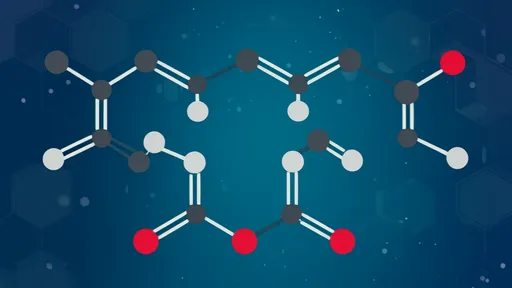
By /Jul 14, 2025
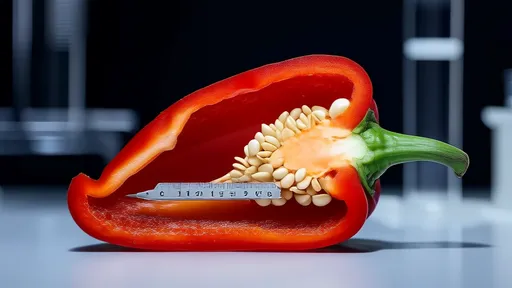
By /Jul 14, 2025
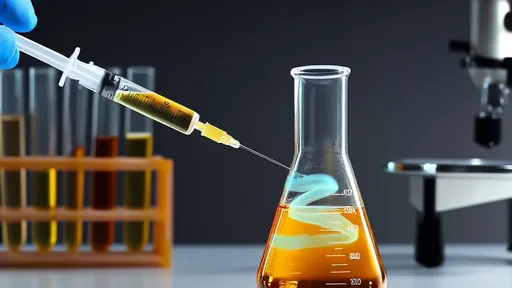
By /Jul 14, 2025
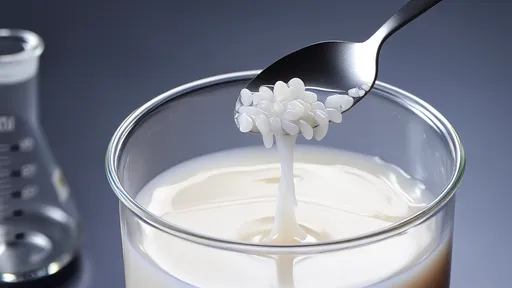
By /Jul 14, 2025

By /Jul 14, 2025
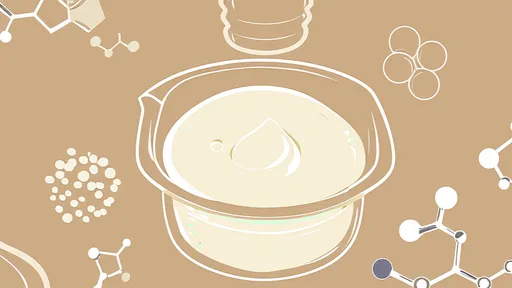
By /Jul 14, 2025
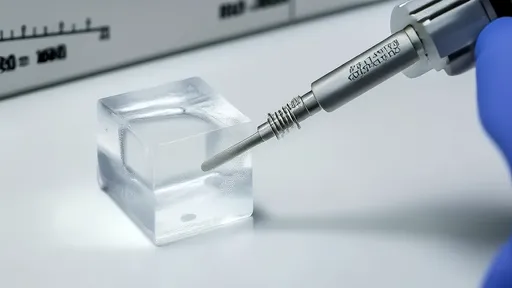
By /Jul 14, 2025
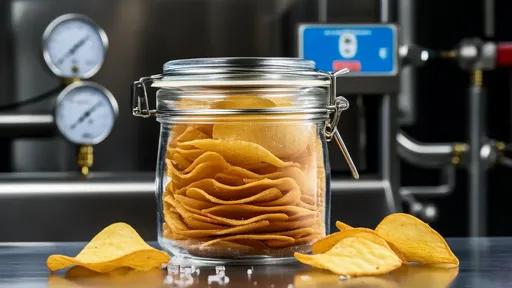
By /Jul 14, 2025
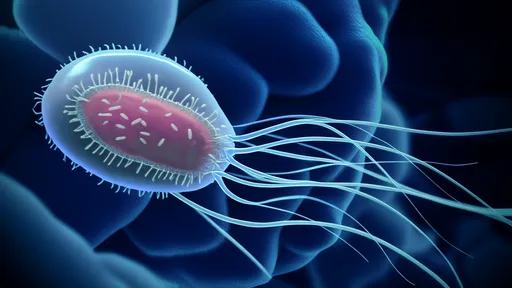
By /Jul 14, 2025
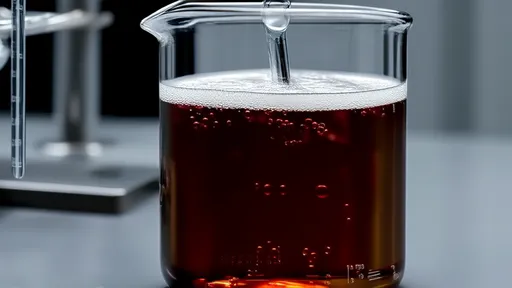
By /Jul 14, 2025
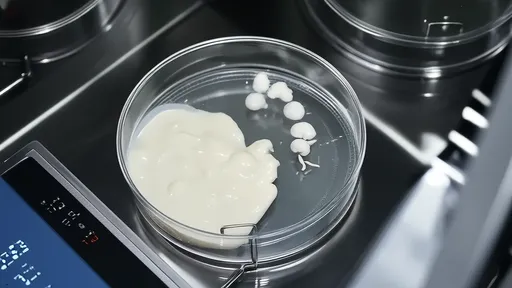
By /Jul 14, 2025
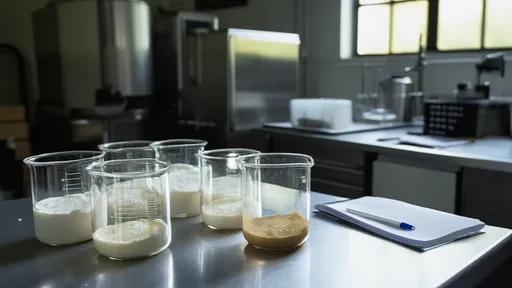
By /Jul 14, 2025
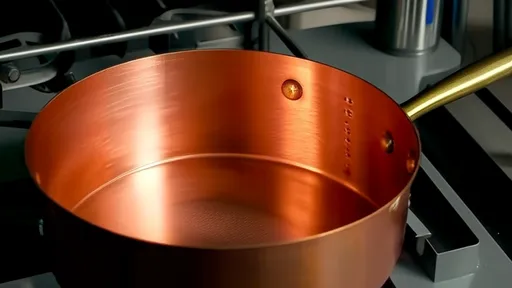
By /Jul 14, 2025
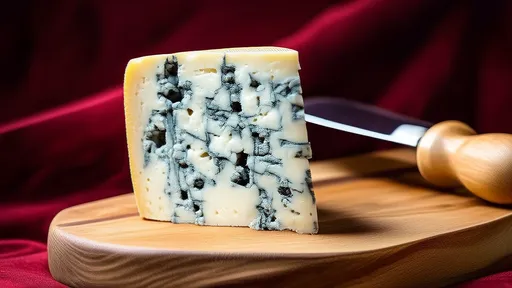
By /Jul 14, 2025
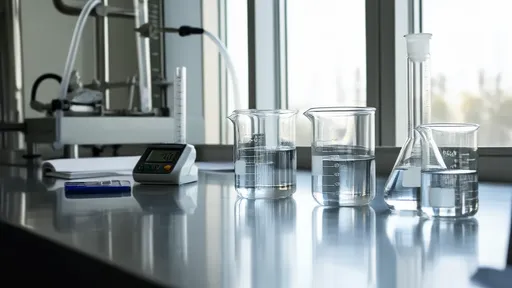
By /Jul 14, 2025

By /Jul 14, 2025
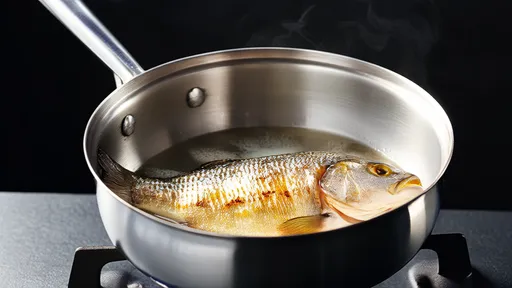
By /Jul 14, 2025
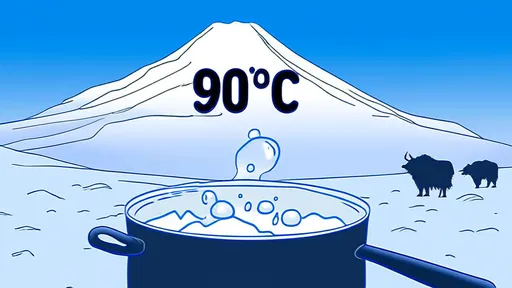
By /Jul 14, 2025